High quality carbon anode and low consumption in aluminum electrolysis
Compared with the use of anode carbon blocks with poor quality or unstable quality, the technical and economic effects of electrolytic aluminum are very different under the same working conditions of the electrolytic cell.
1) The carbon dioxide reactivity index of the carbon block is different, and the carbon dioxide reaction consumption of the carbon block is different.
2) The air reactivity index of the carbon block is different, and the air reaction consumption caused by it is different.
3) The strength and density of the carbon block are different, resulting in different air permeability indicators, which will cause two kinds of gas reactions, and may produce oxidation, slag, cracks, and blocks.
4) The thermal shock resistance of the carbon block is different, and the probability of cracks, slag, and block falling during the use of the electrolytic cell is different, and the consequences are different.
5) If the resistivity of the carbon block is different, the power consumption on the anode carbon body of the electrolytic cell is different.
6) The shape of the carbon block and the shape and integrity of the carbon bowl are different and the quality is different, which will cause the difference of the anode current distribution and temperature distribution of the aluminum electrolytic cell.
The impact of anode assembly on the application of low-consumption anodes and the high efficiency and low consumption of electrolytic aluminum production:
The carbon block is processed by a series of configurations such as guide rod treatment, steel claw treatment, guide rod and steel claw welding, steel claw and carbon block phosphorus pig iron casting, etc., and assembled into anode carbon block group, and then installed to the anode carbon block through anode pole changing operation. on the electrolytic cell. The quality of the anode's work on the electrolytic cell is not only related to the quality of the carbon block itself, but also to the work quality of each process of anode assembly and anode cell installation.
1) The voltage drop of the electrolytic cell on the anode group components is 250~400 mV in total, accounting for about 6%~10% of the voltage drop of the electrolytic cell. Among them, the aluminum guide rod and the steel claw are 50-80 mV, the iron-carbon voltage drop between the steel claw and the carbon block is 60-100 mV, and the voltage drop of the carbon block itself is 150-220 mV. The pressure drops of guide rod, steel claws and iron-carbon are not small, and it is mainly conductive and heat-generating, which affects the economic benefits of the electrolyzer. By optimizing the structure of the steel claw, using high conductive materials, etc., the pressure drop between the steel claw and the iron carbon can be reduced, which is much more obvious than the power saving benefit brought by reducing the resistivity of the anode carbon block.
2) Whether the casting quality of phosphorus pig iron and the composition ratio of phosphorus pig iron are optimized, which affects anode group resistance and anode current distribution, and affects anode temperature distribution and anode working quality. In the composition of phosphorus pig iron, the carbon content is 2.5%~3.5%, the content is too low, the resistivity and expansion rate increase; the silicon content is 2.0%~2.3%, which affects the shrinkage of phosphorus pig iron, the content is too low, the shrinkage is large, it will increase the gap between the phosphorus pig iron and the carbon block; the content of metal manganese is 0.6%~0.9%, which increases the shrinkage of phosphorus pig iron and has a desulfurization effect. burst etc. The expansion rate and resistivity of the carbon bowl change with the composition of phosphorus pig iron. With the increase of temperature, phosphorus pig iron expands, the contact between iron and carbon is tight, and the electrical conductivity of the anode group is improved. However, if the expansion of phosphorus pig iron is too strong, it will also cause anode rupture.
3) Whether the steel claws are incomplete also affects the resistance of the anode group, the distribution of anode current, and the distribution of anode temperature. The steel claws are seriously damaged, deformed and bent, and the thickness of the cast phosphorus pig iron varies greatly, and the difference between the two sides of the carbon bowl hole distance exceeds 10 mm, resulting in uneven distribution of current and temperature in the later period of anode use, and increased anode carbon block fragmentation.
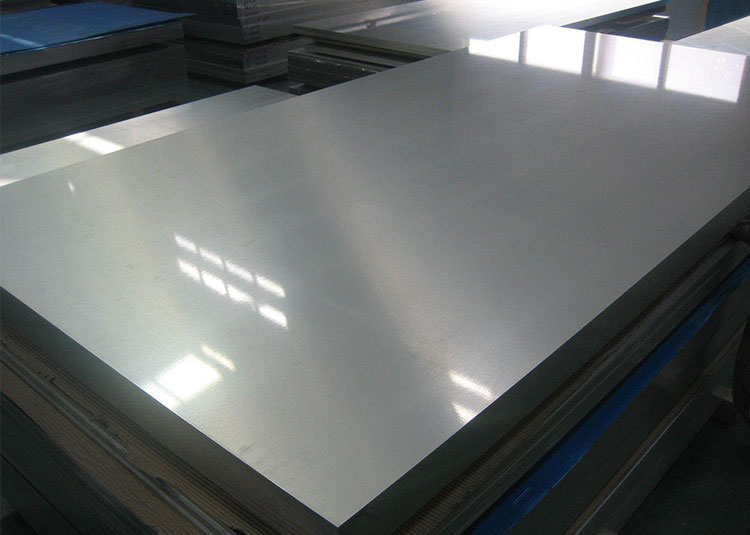
Aluminium Sheets
View Details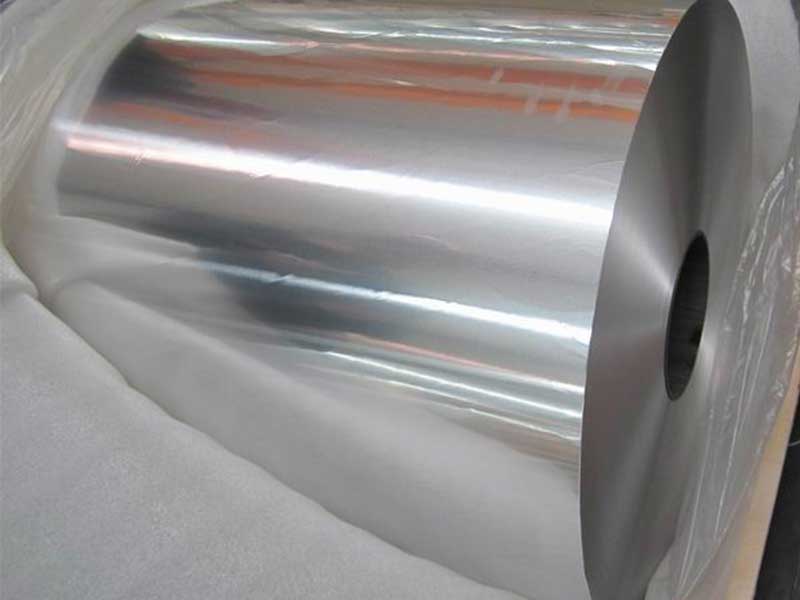
Aluminium Coils
View Details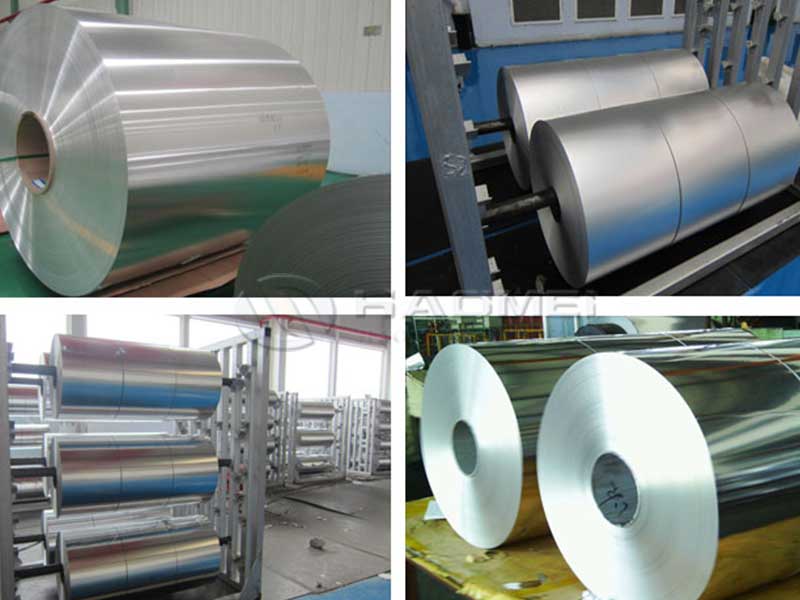
Aluminium Foils
View Details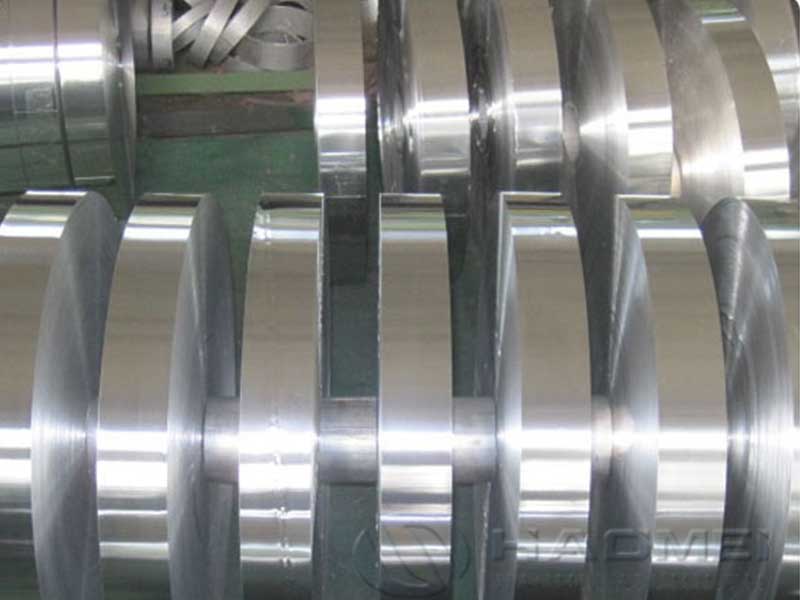
Aluminium Strips
View Details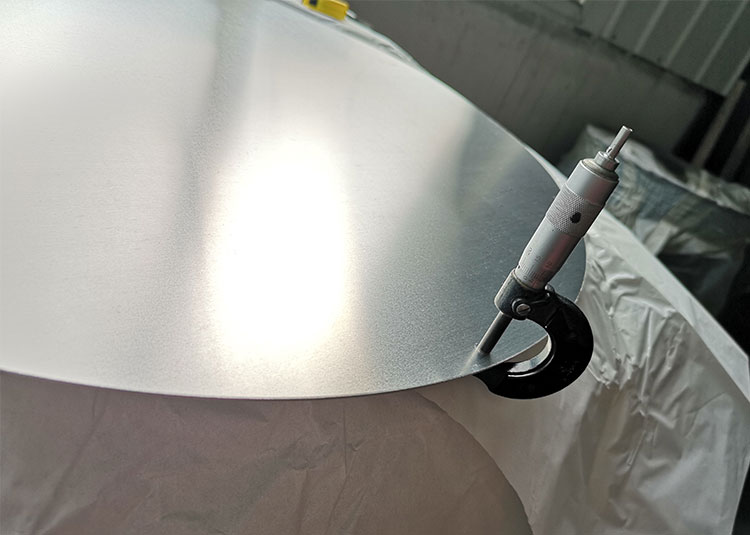
Aluminium Circles
View Details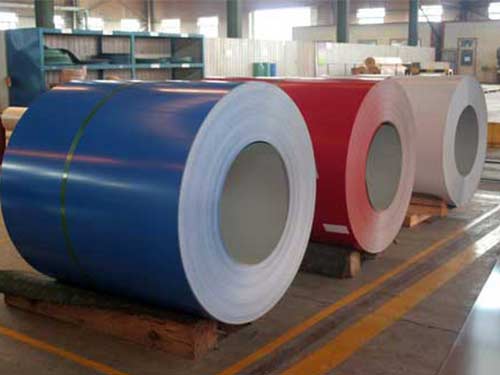
Coated Aluminium
View Details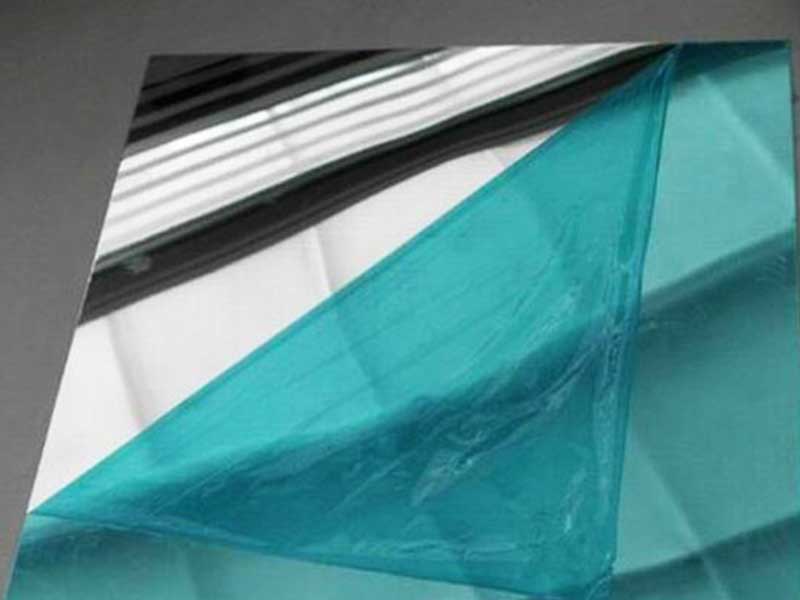
Mirror Aluminum
View Details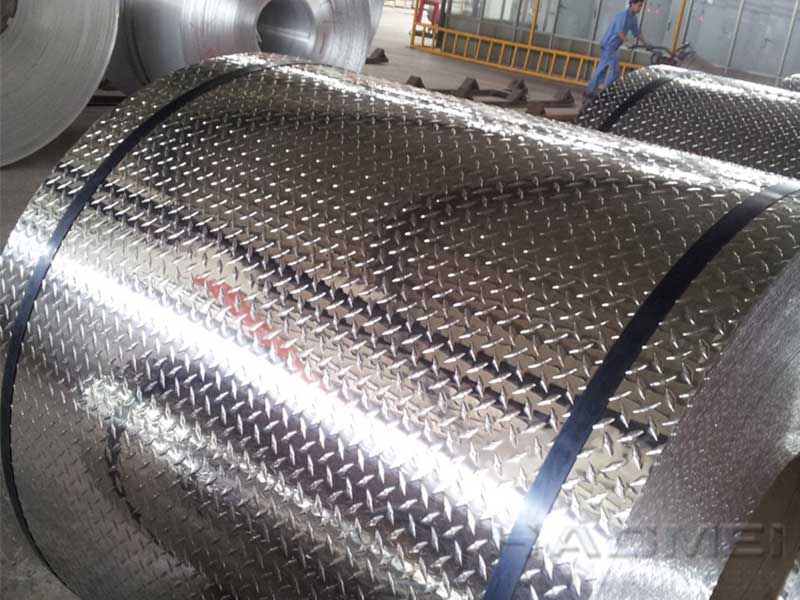
Stucco Embossed Aluminum
View DetailsAluminum
- class 200 grade aluminum windi...
- 7A03 aluminum round bar rod
- Blue Hydrophilic Lacquered Alu...
- 7075 Mirror Aluminum Plate
- Lighting aluminium circle
- Aluminum Circle for Cooking Ut...
- Color coated Color coated insu...
- Super bright finish aluminium...
- mirror aluminum strip for chan...
- Aluminum metal sign blanks
- 5005 Anodized Sheet
- Injection Vial Seal Aluminum S...
- 7075 aluminum square bar
- Thermal insulation aluminium s...
- Sheet Glass Aluminum Mirror
- 7085 aluminum plate block bar
- reflective aluminum sign blank...
- 1000 Series PVDF coated alumin...
- What is anode rod?
- Punched aluminum plate,Decorat...